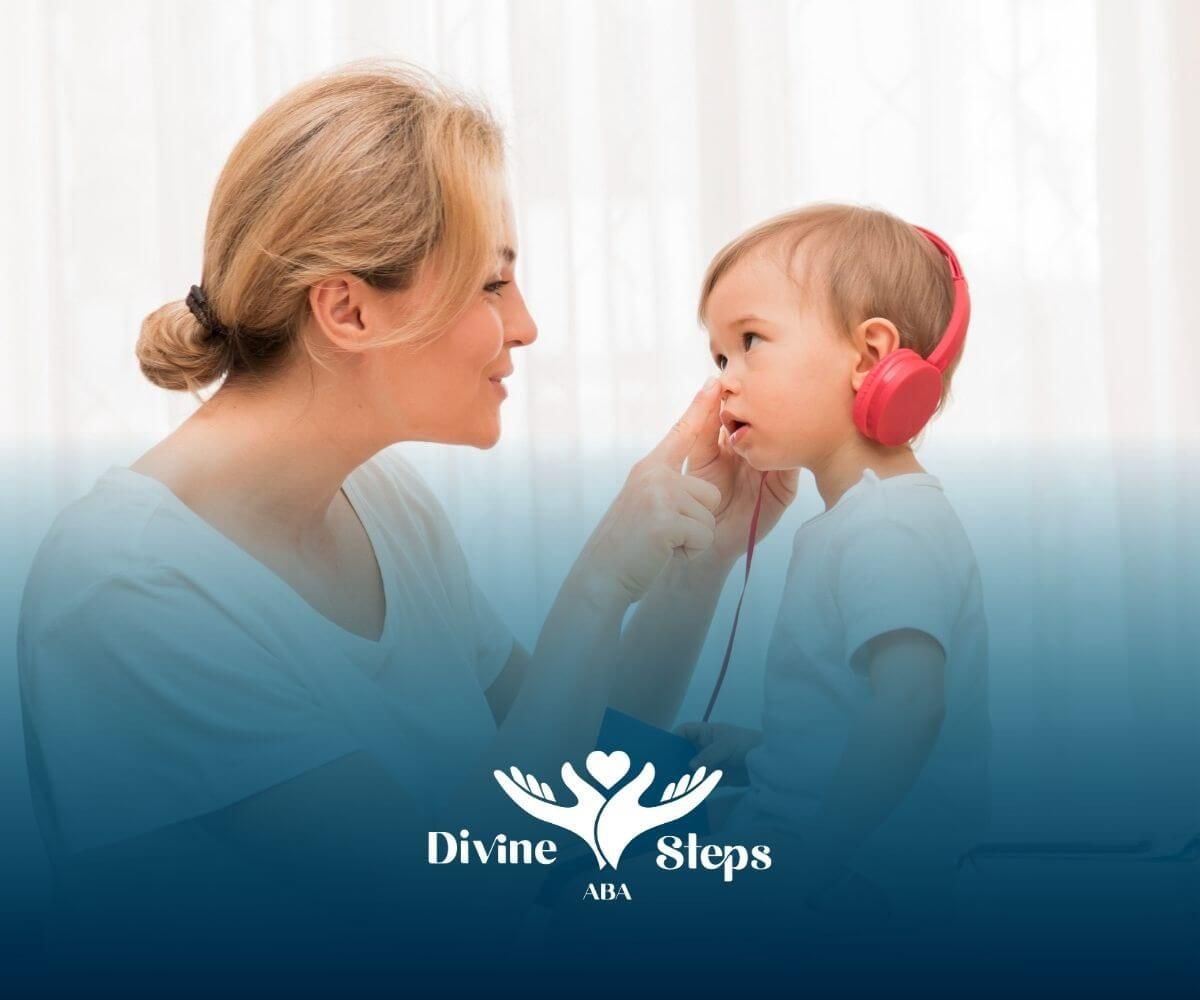Website by CWS
Crucial Regressive Autism Signs That May Surprise You
Regressive autism signs may catch caregivers off guard. In some children, typical development suddenly gives way to a loss of skills that were already mastered. Research indicates that regression often begins between 15 and 30 months of age, with the average decline occurring around 19 months. Depending on the criteria, anywhere from 13 to 48 percent of autism diagnoses involve a regressive pattern. This article explores the common and surprising indicators of autism regression, the biology behind it, and when to seek professional support.
Understanding Regressive Autism
Regressive autism, sometimes called autism with regression, refers to a form of autism spectrum disorder in which a child loses previously acquired skills. These can include language milestones, social interactions, and motor abilities. Before the regression phase, many children appear to develop typically or exhibit only subtle delays.
What Happens During Regression
During a regression episode, parents or caregivers may notice:
- A sudden or gradual loss of words and phrases
- Reduced eye contact or social interest
- Decreased ability to perform self-care tasks, such as feeding or dressing
These changes often unfold over weeks, followed by a longer plateau in skill development.
Prevalence and Patterns
Estimates of regressive autism vary widely, largely because of differing definitions. Some studies count only speech loss, while others include broader social and motor declines. Key findings include:
- Regression typically begins at 19 months on average
- Early regression often follows a period of mild developmental delays
- Prospective research suggests subtle declines may start before they are noticed by most caregivers
Common Regression Indicators
Recognizing the early signs of regression can lead to timely evaluation and intervention. The most frequently observed changes include:
Loss of Verbal Communication
Many children stop using words or phrases they once spoke. Research shows that almost 77 percent of children who lose language also lose other communication skills. This can look like:
- Fewer babbles or word attempts
- Silence during social routines, such as greeting or mealtime
- Difficulty combining words into simple phrases
Decline in Social Engagement
Children may seem less interested in interacting with familiar faces. Signs include:
- Reduced eye contact or shared attention
- Less response to name being called
- Withdrawal from games that once brought joy
Motor Skill Changes
Regression can affect gross and fine motor abilities. Caregivers might notice:
- Trouble with feeding, dressing, or manipulating toys
- Clumsiness or loss of previously smooth movements
- New challenges in walking, running, or climbing
New Sensory Sensitivities
Heightened responses to sensory input often accompany regression. These can manifest as:
- Irritability or agitation around everyday noises or lights
- Covering ears or eyes in response to sounds or brightness
- Increased repetitive behaviors, such as hand-flapping or rocking
Surprising Regression Signs
Some indicators of autism regression may come as a surprise to parents, educators, and even clinicians.
Immune System Variations
Emerging research links regressive autism to immune differences. Studies have found elevated levels of certain immune cells in children with regression, which may affect brain regions responsible for emotion and social processing.
Subtle Early Decline
Not all regressions are dramatic. Prospective studies monitoring high-risk infants reveal that small dips in developmental progress often precede noticeable skill los. These subtle changes can include:
- Slight delays in babbling or cooing
- Brief periods of decreased eye contact before word loss
- Minor shifts in response to social stimuli
Regression Beyond Toddlerhood
While regression most often occurs between 15 and 30 months, older children and adults on the autism spectrum can also experience skill loss under extreme stress or exhaustion. This phenomenon, sometimes referred to as autistic burnout, may show up as:
- Increased anxiety and withdrawal
- Difficulty with tasks that were once easy
- Heightened sensory overload leading to functional decline
Medical News Today provides an overview of how chronic stress can trigger regression at any age.
Biological Contributors to Regression
Researchers are exploring several biological factors that may drive regressive autism.
Cellular Energy Issues
A study by University of California scientists found that some children with autism lose the ability to produce enough cellular energy, stressing the body and potentially contributing to developmental setbacks.
Neurological Alterations
Brain imaging and postmortem studies suggest changes in neural connectivity and structure in key regions for communication and social behavior. These alterations may underlie both early development and later regression.
Mitochondrial Dysfunction
Mitochondria, the cell’s energy producers, have been implicated in regressive patterns. When mitochondria cannot meet energy demands, cellular stress may trigger skill loss in vulnerable children.
Seeking Evaluation and Diagnosis
Early identification of regressive autism signs is critical for accessing support that can improve outcomes. Steps include:
- Documenting Changes
Note the specific skills that have declined, the timeline, and any related triggers or stressors. - Consulting a Pediatric Specialist
A developmental pediatrician or child neurologist can conduct standardized assessments. - Scheduling a Comprehensive Evaluation
This typically involves speech, occupational, and behavioral assessments to capture the full profile of strengths and challenges.
Professional evaluation allows families to create an informed intervention plan as soon as regression is detected.
Interventions and Support Options
Although full recovery from lost skills may not always be possible, targeted therapies can help children relearn abilities and gain new ones.
| Therapy Type | Focus | Typical Dosage | Reported Success Rate |
|---|---|---|---|
| Applied Behavior Analysis (ABA) | Changing unwanted behaviors, reinforcing skills | 25–40 hours per week | Over 90 percent improvement in targeted behaviors |
| Speech and Language Therapy | Verbal and nonverbal communication | Variable, often 2–5 sessions per week | Significant gains in language use |
| Augmentative and Alternative Communication (AAC) | Picture exchange systems, speech devices | Integrated into daily routines | Helps non-speaking children interact effectively |
| Occupational Therapy | Fine motor skills, sensory integration | 1–3 sessions per week | Improves coordination and sensory tolerance |
| Vision Training | Visual processing, spatial awareness | 1–2 sessions per week | Reduces overwhelm from visual stimuli |
| Auditory Integration Training (AIT) | Auditory sensitivity, concentration | 1–2 sessions per week | Enhances comfort with sound, supports speech |
| Medical Treatments (e.g., Prednisolone) | Neurological inflammation, language | Prescribed by physician | Shown to improve language and auditory processing in trials |
Planning for Long-Term Outcomes
An effective support plan adapts as a child grows. Key considerations include:
- Collaborating With Schools
Individualized Education Programs (IEPs) can integrate therapies into the classroom. - Monitoring Progress Closely
Regular reassessments ensure therapy goals remain aligned with the child’s evolving needs. - Building a Multidisciplinary Team
Involving therapists, medical professionals, educators, and the family helps maintain consistency across settings.
Families in Maryland, Virginia, and North Carolina can often find regional autism centers that coordinate these services under one roof, simplifying logistics and fostering collaboration.
Recognizing and responding to regressive autism signs early offers the best chance for meaningful gains. By understanding both the common and less obvious indicators, caregivers and professionals can work together to support each child’s development and quality of life.
Conclusion
Understanding and identifying regressive autism signs early allows families and professionals to take proactive steps in supporting a child’s development. Subtle changes, like loss of speech, decreased social engagement, or withdrawal from play should never be overlooked. With the right guidance, evaluation, and evidence-based therapy, children experiencing regression can regain essential skills and continue to grow with confidence.
At Divine Steps ABA, we specialize in early intervention and personalized ABA therapy programs designed to address regressive autism signs effectively. Serving families in Maryland, Virginia, and North Carolina, our BCBA-led team works closely with parents, educators, and healthcare providers to create comprehensive treatment plans that support meaningful progress.
Contact us today to schedule a consultation and learn how we can help your child regain lost skills and build a brighter future.
Frequently Asked Questions
What are common signs of regressive autism?
Children with regressive autism may lose previously acquired language, social, or play skills. They may stop responding to their name, avoid eye contact, or withdraw from interactive activities.
At what age does regressive autism usually appear?
Regression often occurs between 15 and 30 months of age, though it can vary. Parents typically notice changes after a period of typical development.
Can ABA therapy help with regressive autism?
Yes. ABA therapy can help children rebuild lost skills, improve communication, and strengthen social and adaptive behaviors through structured, individualized interventions.
SOURCES:
https://www.medicalnewstoday.com/articles/regression-in-autism
https://www.autismparentingmagazine.com/what-is-regressive-autism/
https://sparkforautism.org/discover_article/autism-regression/
https://www.healthline.com/health/autism/what-is-regression-in-autism
https://psychcentral.com/autism/regressive-autism




